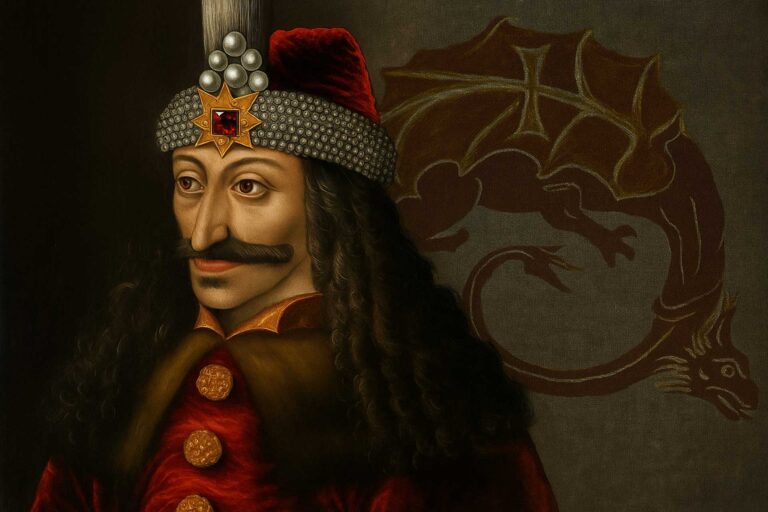Perkin Warbeck and Lambert Simnel: Royal Pretenders or Lost Princes?
Two boys from humble origins nearly changed the course of England’s royal history. In the years following the Wars of the Roses, Perkin Warbeck and Lambert Simnel posed significant challenges to the young Tudor dynasty. Simnel and Warbeck both impersonated royal heirs: Simnel as Edward Plantagenet, Earl of Warwick, and Warbeck as Richard of Shrewsbury. They were able to amass popular support based on their claims, as well as a few people lending them their influential voices.
Was it possible that these boys were the long-lost heirs to the English crown, or were they simply impostors and pawns in a greater power play? Their story coincides with a time of both transition and uncertainty for the English monarchy. As such, their success in the rise of Henry VII leads us to ask questions about the nature of royal identity, allegiance, and the hopes of a kingdom reeling from civil war. In delving into the mysteries of these pretenders, we uncover the tenuous foundation of the Tudor dynasty.
The Princes in the Tower
The Princes in the Tower were the two sons of Edward IV and Elizabeth Woodville, Edward V and his younger brother Richard of Shrewsbury. King Edward IV had died suddenly in April 1483, leaving his 12-year-old son Edward as his heir. As was the custom, Edward V was sent to the Tower of London to wait for his coronation. A few days later, his brother Richard was sent to join him. The two boys were never seen in public again.
Their uncle, Richard, Duke of Gloucester, was named Lord Protector, but quickly took steps to claim the crown for himself. Declaring Edward IV’s marriage to Elizabeth Woodville invalid, Richard claimed the two princes were illegitimate and therefore not entitled to the throne. He then had himself crowned as Richard III. This gave him legal justification, but still left the matter of the boys’ disappearance as an open question. For Richard, their sudden and mysterious disappearance cast a cloud over his reign, tarnishing his reputation from the outset.
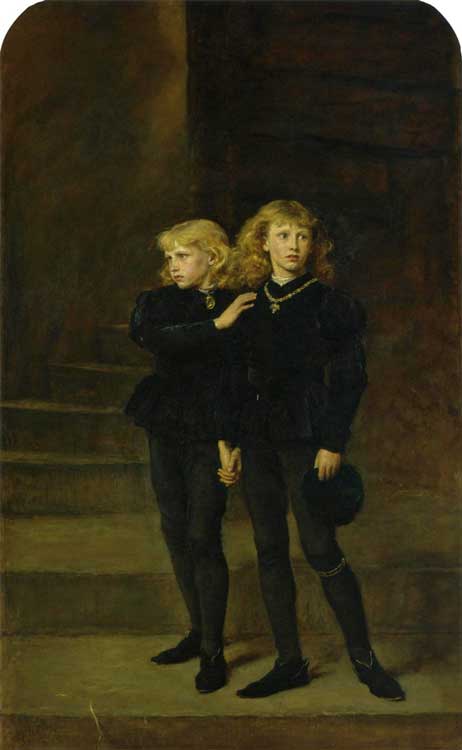
Contemporaries and later chroniclers accused Richard III of having the boys killed to eliminate threats to his throne. Thomas More, writing many decades after the fact, claimed that Richard III ordered the murder of the two princes. Shakespeare later dramatized this account. But other suspects have been named over the years, including the Duke of Buckingham and even Henry VII. The lack of physical evidence and the closed nature of the investigation have only added to the mystery.
Rumors about the fate of the princes spread quickly both in England and across Europe. Some believed they had escaped, while others were convinced the two had been killed and secretly buried. The discovery of two small skeletons in the Tower during the 17th century offered a tantalizing clue, but no hard evidence was ever found. In the absence of proof either way, the mystery created a vacuum of its own that hopeful opportunists and Yorkist loyalists could fill.
The fog of rumor, uncertainty, and grief surrounding the Princes created a vacuum that needed to be filled. A story, a claim, someone with the power and ambition to put it all together. For a war-weary population that had already endured 15 years of civil war and faced a tenuous succession, the idea that one of the princes might still be alive offered both a rallying point and a way to oppose the new Tudor regime. Claimants like Perkin Warbeck were quick to step into the vacant role.
The fate of Edward V and Richard of Shrewsbury has become more than a royal tragedy; it has become a political tool. The story of the two princes in the Tower endures through rumors, dreams, and the ambitions of their enemies. Dead or alive, missing or murdered, the Princes in the Tower have become a symbol of what was lost—and what might still be claimed.
Richard III and the Fall of the House of York
Richard III’s accession in 1483 represented the last phase in the rule of the Yorkist dynasty. Proclaiming the Princes in the Tower illegitimate, Richard was crowned in July 1483. While legal, Richard’s actions left the realm unnerved and Yorkist support divided.
Richard’s reign was characterized by tension, rebellion, and mistrust. Richard grew unpopular with persistent rumours surrounding the fate of his nephews and increasing dissatisfaction from former supporters of Edward IV. In 1483, a failed rebellion, known as Buckingham’s Rebellion, exposed the fractures in Richard’s support. While Richard quelled disorder, dissent was firmly sown.
In 1485, Henry Tudor, a Lancastrian claimant in exile, landed in Wales with a small army. Recruiting as he marched inland, Henry faced Richard at the Battle of Bosworth Field. On August 22, 1485, Richard was killed in the battle, having chosen to fight to the end rather than flee. With the House of York extinguished, Henry Tudor was crowned King Henry VII, marking the beginning of the Tudor dynasty.
Henry VII’s claim to the throne was weak. He derived his claim through a female line and from a branch of the royal family considered illegitimate by many. To solidify his position, Henry married Elizabeth of York, uniting the two warring houses of Lancaster and York. Their marriage was designed to end the Wars of the Roses and legitimize Henry’s rule. The union was a successful one in many ways, but the kingdom remained divided and uncertain.
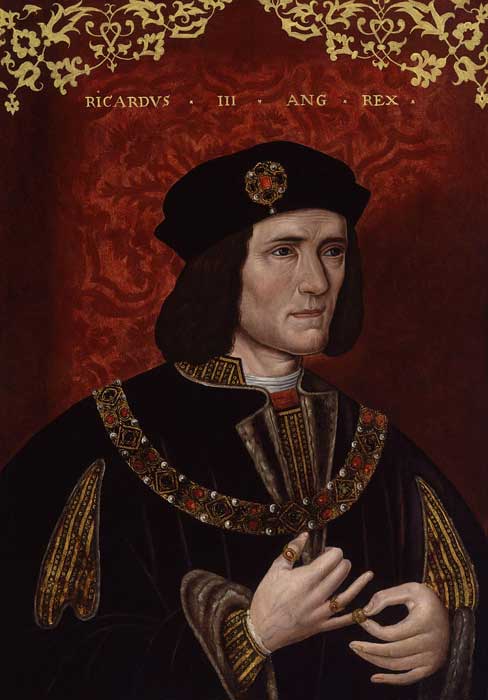
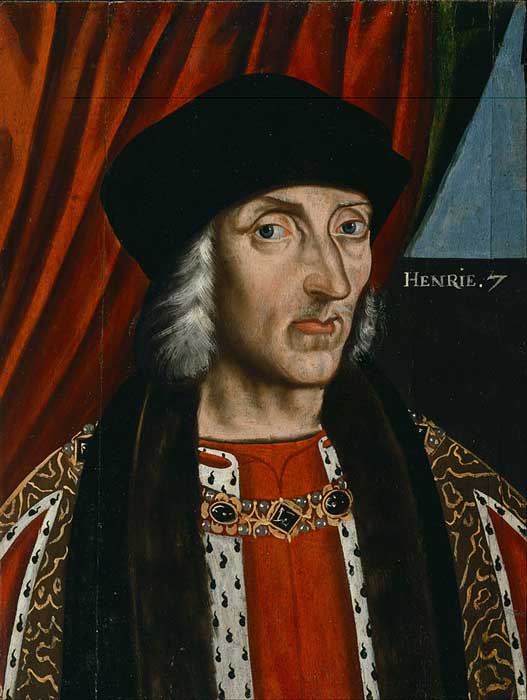
Yorkist loyalists still harbored sympathies for the late Edward IV and his descendants, and many in the realm continued to suspect Henry of foul play regarding the fate of the legitimate heirs. They were open to rebel at the first opportunity, and to back anyone who might appear to have a better claim to the throne. This provided the soil for a rebellion – and men like Lambert Simnel and Perkin Warbeck – to take root. In the years to come, they would both challenge Henry’s control of the crown.
The defeat of Richard III and the ascension of the Tudors had not brought peace to the realm but an uneasy stability. Henry VII ruled warily and suspiciously, conscious of the weak foundations upon which his claim to the throne was based. Henry’s claim was not one that many people considered stronger than those that remained afloat in rumours and tavern talk. In such an uncertain atmosphere, the past refused to remain buried, and whispers of missing princes would soon return to make life difficult for the new king.
Lambert Simnel and the Yorkist Rebellion of 1487
Lambert Simnel was a ten-year-old boy when he was made the figurehead of the first serious attempt on Henry VII’s life. Simnel was the son of a poor gardener and cook in Oxford. He was taught by a priest named Richard Symonds, who noticed that Simnel resembled the royal family. Symonds initially intended to claim Simnel as Richard of Shrewsbury, but he altered his plans upon learning that Edward Plantagenet, the Earl of Warwick, was imprisoned in the Tower of London. Symonds and his supporters spread the word that Simnel was the real Earl of Warwick and the boy in the Tower was an impostor. The two then set about a bold bid to get Simnel installed on the throne.
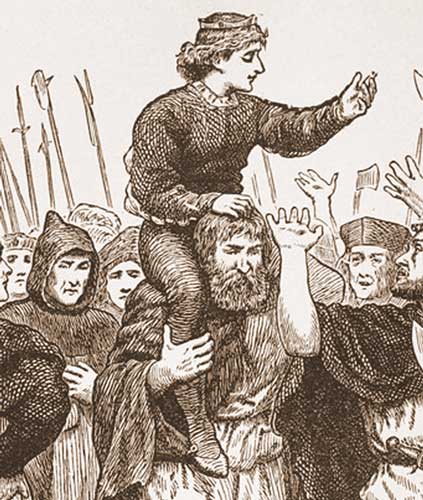
John de la Pole, the Earl of Lincoln, was the most powerful Yorkist backer of the scheme. He was a nephew of Edward IV and Richard III and the designated heir to Richard’s throne. Lincoln had served Henry VII’s court but defected and escaped to Burgundy, where Margaret of York welcomed him. She was the dowager duchess and the sister of Edward IV. Margaret raised funds and foreign troops for an invasion force built around the figure of the “Edward of Warwick.”
In a clear show of confidence, Simnel was crowned “King Edward VI” in Dublin in May 1487. Ireland had always been a center of Yorkist sympathies and would offer no resistance to the claimant. The coronation was a largely symbolic affair, but the hope was to make the boy’s identity more believable and provide an extra incentive for English nobles to join the army. The invasion force crossed into England soon afterwards and headed inland with the hope of gaining greater support. In the end, many of England’s nobles remained aloof, unwilling to risk their fortunes on another doomed cause.
Henry VII’s army faced the rebel army on 16 June 1487, near Newark at a battle known as Stoke Field. The Yorkist army put up a fierce resistance, but it was unable to overcome the foreign mercenaries and the lack of English support. John de la Pole, the Earl of Lincoln, was killed in the fighting, along with many other leading Yorkist commanders. The battle of Stoke Field is often considered the last battle of the Wars of the Roses and saw the effective end of significant Yorkist resistance.
Henry VII would grant a surprising degree of clemency to Lambert Simnel. He realized the boy was a pawn in the hands of more powerful players and had little choice in his role as figurehead. Henry had Simnel pardoned, and he spent the rest of his life working in the royal kitchens and, later, as a royal falconer. Henry’s magnanimity here allowed him to both demonstrate his own strength and put down the rebellion in a way that could be humiliating to its supporters.
The Simnel affair had exposed the potential fragility of Henry VII’s rule in his early years. It seemed that even a child could be dressed up as a pretender and made into a political tool against the crown. It also set a precedent for impostors such as Perkin Warbeck, who would put far more serious questions to Henry and the Tudor dynasty about the lost princes and the limits of Tudor legitimacy.
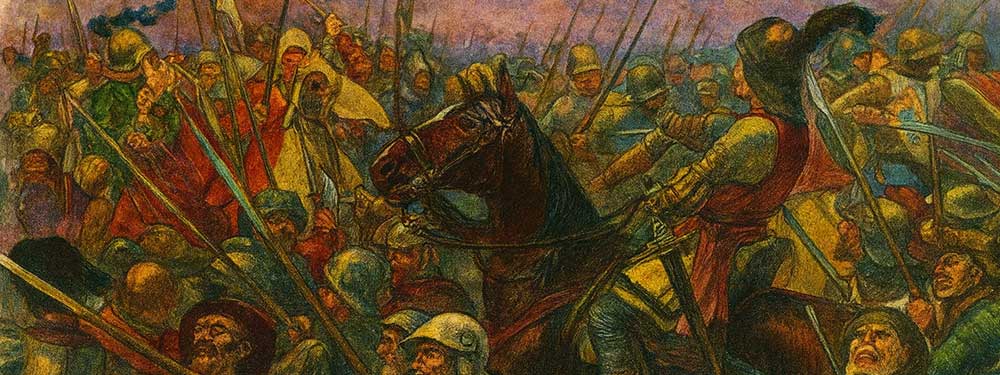
Perkin Warbeck and the Long Deception
In the early 1490s, a young man named Perkin Warbeck appeared on the European stage. Warbeck claimed that he was the younger of the two Princes in the Tower, Richard of Shrewsbury. He said that he had escaped the Tower of London several years before and had lived in secret since then. Warbeck’s claim quickly became the talk of Europe, and not just for its implications for the two princes. If the tale were accurate, Henry VII would not have been the legitimate king. If it were false, then an enterprising Yorkist prince was at large. Either way, Warbeck was a dangerous man.
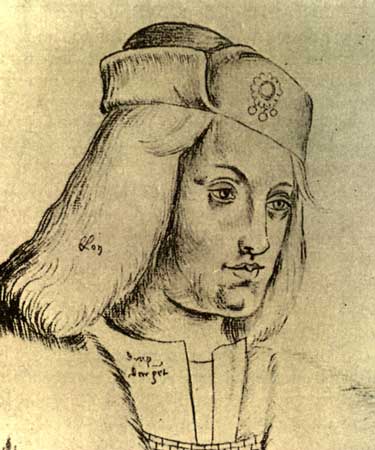
Warbeck was taken in by Margaret of Burgundy, Edward IV’s sister. She declared him her nephew and provided funds, support, and a new identity. He also found support from James IV of Scotland, who procured a marriage to a Scottish lady for the supposed prince. This gave Warbeck financial, diplomatic, and military support. His claim had legs. He was more than a rumor; he was a man and a potential rival for Henry VII.
Warbeck made several attempts at invasion between 1495 and 1497 and was involved in other plots during the 1490s and early 1500s. He made landfall in Kent once, but was driven off by the local levies. He attempted to stir revolt in Ireland and Cornwall, but these efforts met with little support. He was on the English coast again in 1497, this time to take part in a Cornish uprising. Each time, Henry mobilized forces to fight the rebels and then offered pardons to Warbeck’s followers. In the longer term, Henry secured support from foreign powers and launched a propaganda campaign to assert his own right to the throne.
Warbeck continued to foment rebellion, but his strength never really caught on. Warbeck’s campaign was more long-lived than most of the pretenders, dragging on for nearly a decade.
Warbeck was ultimately captured in 1497, following an uprising in Cornwall. He was initially pardoned and kept at court, but under guard. He was suspected of trying to escape, and he may have even conspired with Edward, Earl of Warwick, the real Plantagenet held in the Tower, to escape and overthrow Henry. This was to be Warbeck’s undoing. In 1499, he and Warwick were executed.
Warbeck is supposed to have confessed to being the son of a customs official from Tournai, and this confession was publicized in print by Henry’s government. The Tudor version of Warbeck’s story is suspect. Henry’s motivation for getting a confession, and a convincing one, is obvious. It was a declaration of his enemies’ true natures. But many believe that it is not true, or at the very least was greatly exaggerated. Warbeck had convinced the royals, nobles, and foreign powers of his claim to the English throne. It is unlikely that this would have been the case without at least some basis in truth, and Warbeck’s personal demeanor and bearing seem to support that.
Perkin Warbeck, for better or for worse, has since become a romantic figure of English history. He was a young man with a tale of woe that at least one of the most powerful and wary women of Europe believed. But his example should not be taken lightly. Warbeck’s campaign against Henry showed just how vulnerable the Tudor throne was in its first decades.
Warbeck was able to gain the support and belief of foreign powers, as well as stir unrest in Ireland and on the southern coast. It showed that the mystery surrounding the Princes in the Tower was far from solved. England had not fully recovered from civil war and internal strife when Henry took the throne. In a country as divided and uncertain as late fifteenth-century England, it is the past that truly held the power.
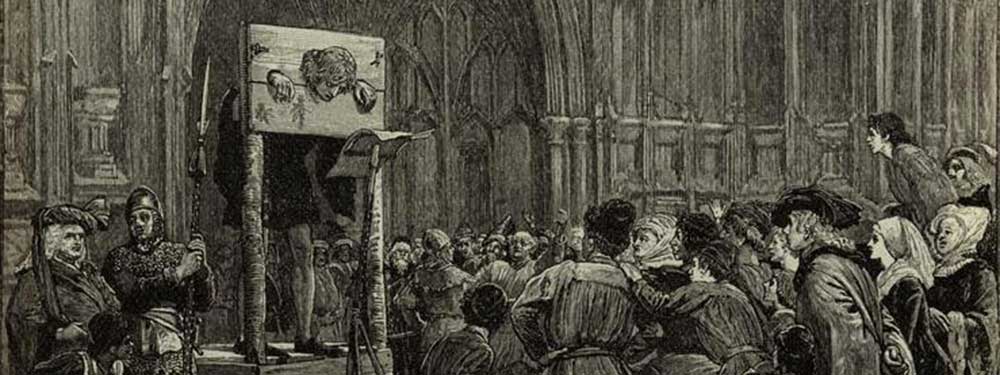
Royal Pretenders or Lost Princes?
The stories of Lambert Simnel and Perkin Warbeck have fascinated historians, but many people are asking, was Perkin Warbeck or Lambert Simnel the real deal? As far as Lambert Simnel is concerned, the real Edward, Earl of Warwick was still alive at the time and was imprisoned in the Tower of London. It was not difficult to prove that Lambert Simnel was not the genuine claimant.
At the time, people might not have known, or they thought Lambert was the real deal, because John de la Pole had taken him on. If they thought Lambert Simnel was just a simpleton, then why give him a coronation in Dublin and let him lead an army in a major battle?
With Perkin Warbeck, there are a few unknown factors. He traveled across Europe and got support from Margaret of Burgundy, James IV of Scotland, and others. If Margaret of Burgundy was telling the truth and she thought Warbeck was her nephew and the missing Duke of York, then why should others not believe her? They thought he was the real deal and they had to admit that Perkin was good in his story and his act. It was hard for most to imagine that Warbeck could be a forger when Tudor propaganda had been so hard-hitting with evidence against Perkin Warbeck. Some people thought he was the real deal and others said he was a commoner.
What has not been made clear is that Tudor propaganda, such as the printed confessions, helped to build the story of them being commoners in disguise, but did most people really believe this? In all the propaganda surrounding Lambert Simnel and Perkin Warbeck, the truth has not been revealed, and many people to this day still cannot say whether they believe they were either of the Princes in the Tower or not.
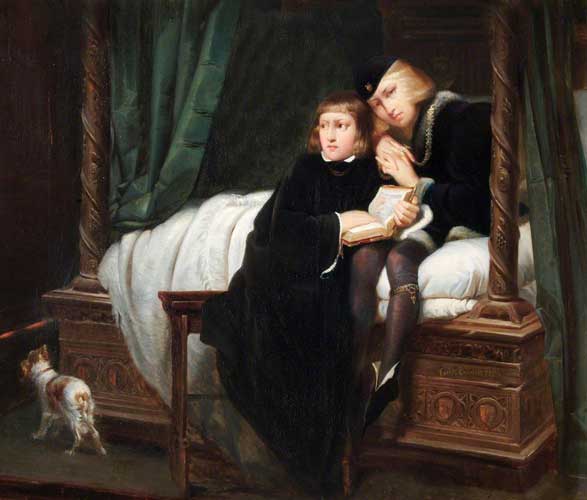
For the public, the disappearance of Edward V and Richard of Shrewsbury, Duke of York, in 1483 was not satisfactorily resolved, leaving room for speculation for many years. The two princes were the sons of Edward IV, and their presumed murder in the Tower of London remains one of England’s most enduring mysteries. Without conclusive evidence of their deaths, the hope or belief that one or both had survived persisted in certain circles. Warbeck claimed to be Richard, and this narrative gained traction in an environment ripe for such tales.
Some people just wanted to believe that Perkin Warbeck and Lambert Simnel were the real deal; others would have known but still went along with the stories to fight against the Tudors.
Historical Significance
The appearance of Lambert Simnel and Perkin Warbeck showed just how fragile the new Tudor regime had been in the first few years after Henry VII’s seizure of power. The king’s own claim to the throne had been won by military force rather than uncontested hereditary right, and both pretenders showed the lack of clarity surrounding Henry’s legitimacy. The amount of support each received from Yorkist loyalists indicates a significant proportion of the nobility was not wholeheartedly behind the new dynasty. The very existence of the pretenders could be seen to challenge the narrative that Henry’s victory at the Battle of Bosworth had brought the Wars of the Roses to a conclusive end.
In terms of impact on his domestic rule, the double threat of Simnel and Warbeck led Henry VII to tighten his hold on power. Following the failed rebellion of Simnel, Henry reordered the nobility, clamped down on aristocratic privileges and enhanced the legal restrictions on treason. Warbeck’s protracted and disruptive campaign led to the strengthening of further legislation, especially in coastal defenses and intelligence gathering systems.
Henry VII’s foreign policy was also affected by the pretenders’ activities. Rival monarchs attempted to use Warbeck as a pawn in diplomatic negotiations with England. The degree to which James IV of Scotland supported the pretender is testament to the success with which the threat posed to the Tudor crown was taken abroad.
Henry’s strategic approach to dealing with the double threat also encompassed both military and propaganda elements. He was keen to portray Simnel and Warbeck as figureheads used by treasonous Yorkist nobles and hostile foreign powers. He published confessions, staged displays of captured rebels and managed public opinion to delegitimize both pretenders and construct his own image as the rightful king anointed by God. In the long term, this was hugely successful in building the Tudor reputation for strong, centralized rule. But that reputation was based on real fear and insecurity as much as propaganda and spectacle.
In addition, the story of Perkin Warbeck and Lambert Simnel also highlights how myth and memory can be turned into political weapons. In the uncertainty surrounding the fate of the Princes in the Tower, there was space for fiction and hope to flourish. Simnel’s coronation at Dublin and Warbeck’s cultivated courtliness were not just bids for power; they were attempts to conjure up the ghosts of the Yorkist past to undermine the Tudor narrative. In an age where bloodline and ancestry defined political power, a claim to identity was a very real weapon.
Simnel and Warbeck also remain potent characters in modern retellings of the English dynastic conflict. The impact of their appearance and campaigns has shaped the way in which historians and the wider public remember the early years of Tudor rule. Instead of an age of peace, the early 1500s are remembered for the instability of the new dynasty. The stories of both figures have been repeated in plays, novels, and scholarly works, and they have become enduring cultural touchstones of both ambition and mystery, of the pull of a lost crown.
Their story is also a reminder that history is shaped not just by the actions of kings and their battles. It is also constructed by the stories that people are willing to believe. In a country still reeling from a civil war, the right claim at the right time still had the power to undermine a monarch’s rule. That was the fear that shaped Henry VII’s reign, and the experience that shaped Tudor power for generations.

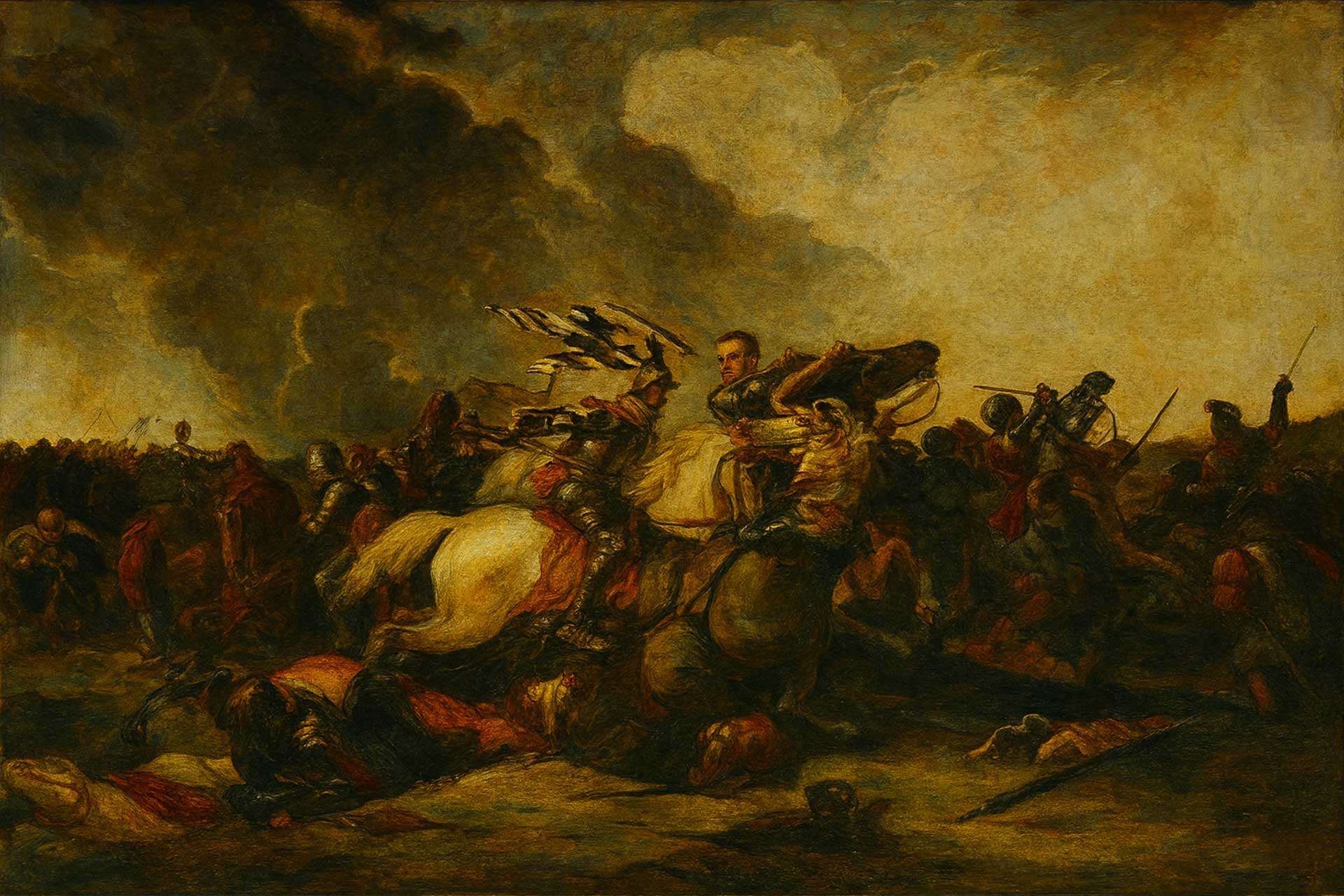




![Perkin Warbeck; or, the Last of the Plantagenets. [a Novel.] By t...](https://m.media-amazon.com/images/I/41E5FrJxzfL._SY445_SX342_.jpg)


